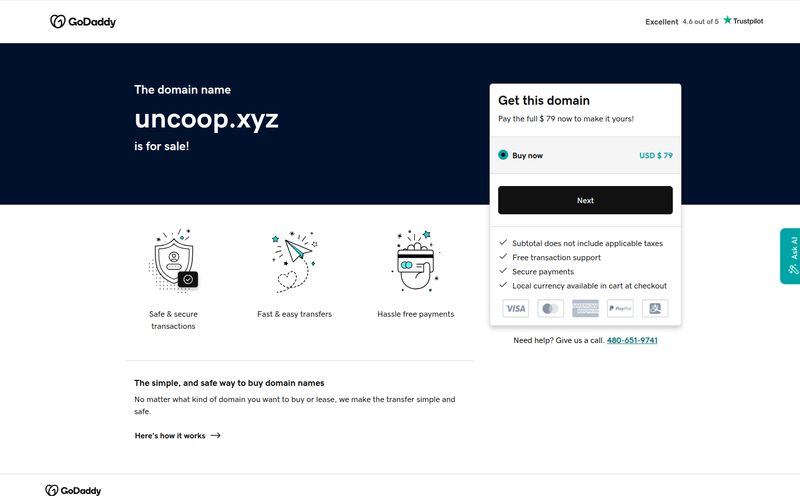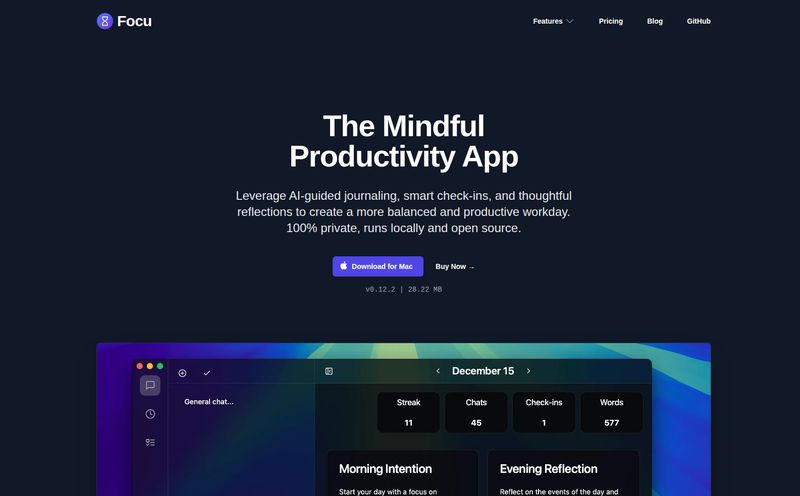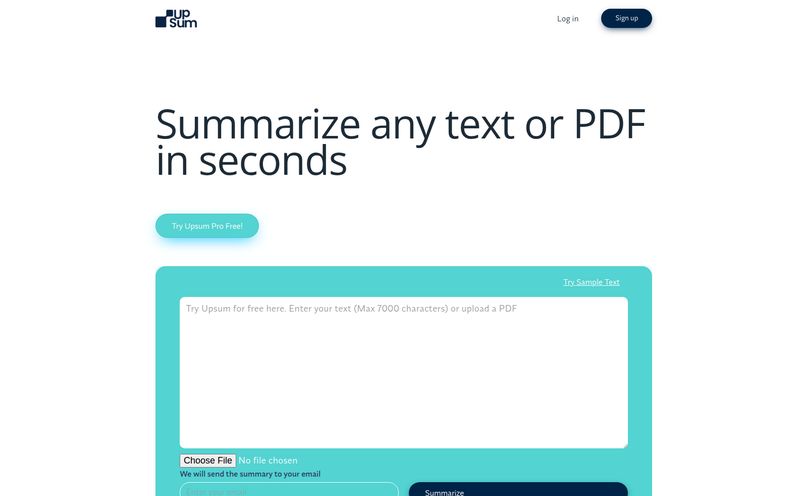Let’s play a game. How many different apps, platforms, and databases does your company use to store information? You’ve got your CRM, probably Salesforce. Your support tickets are in Zendesk or ServiceNow. Your developer documentation is in Confluence, your marketing assets are in a DAM, and half your institutional knowledge is buried in random Slack channels. Sound familiar?
It’s a special kind of chaos, isn’t it? For years, we in the SEO and digital strategy world have preached the gospel of a single source of truth, but in reality, it’s more like a digital Tower of Babel. Customers can't find answers on your help portal, and your own support agents spend half their time searching for information instead of actually helping people. It's frustrating, inefficient, and costs a fortune in wasted time and sagging CSAT scores.
I’ve seen this problem cripple otherwise brilliant companies. Which is why, when a platform like SearchUnify comes along claiming to be a “unified cognitive platform,” my ears perk up. It’s a bold claim. So, I decided to take a closer look, peel back the marketing jargon, and figure out if this is just another enterprise tool with a slick landing page, or if it's something that could genuinely change the game for customer support and internal knowledge management.

Visit SearchUnify
So, What Exactly is SearchUnify Anyway?
At its heart, SearchUnify is an AI-powered information retrieval system. Think of it less like a simple search bar and more like a hyper-intelligent librarian who has read every single document, support ticket, and forum post across your entire organization. This librarian doesn't just know where things are; it understands the context, the relationships between different pieces of information, and even who the expert on a particular topic is.
The official term is a "unified cognitive platform." What that really means is it connects to all your disparate data sources (the Salesforces, Zendesks, and Slacks of the world) and pulls everything into one centralized, searchable index. Then, it layers some pretty sophisticated AI on top to not just find information, but to actively use it to solve problems. This is the foundation for everything else the platform does.
The Core Engine: Why Enterprise Search Still Matters So Much
Before we get into all the fancy AI agents, we have to talk about the search itself. Because without great search, everything else falls apart. It’s the engine under the hood. For a long time, enterprise search has been... well, terrible. Clunky, irrelevant results that make you feel like you're using a web search from 1998.
SearchUnify seems to understand this pain point deeply. Their focus is on what they call “information findability.” It’s about delivering the right answer to the right person at the right time, whether that person is a customer trying to self-serve on your website or a support agent scrambling to answer a tricky question. The AI helps by understanding intent, not just keywords. So when a user types “my bill is wrong,” it knows to pull up billing information, relevant help articles about invoice disputes, and maybe even link to the user's actual account page. That’s a world away from just matching keywords.
Meet the AI Agents: Your New Support Super-Team
This is where things get really interesting. SearchUnify isn’t just a passive search tool. It’s a suite of what they call “Agentic AI” applications, designed to actively participate in the support process. Its a whole team of specialized AI bots working in the background.
Empowering Customers and Your Knowledge Base
The most visible agents are likely the AI Support Agent and the AI Knowledge Agent. The Support Agent is what powers customer-facing chatbots and self-service portals, providing instant, context-aware answers. The Knowledge Agent works on the backend, analyzing content gaps and suggesting new articles for your knowledge base based on what users are searching for but not finding. This is a huge step towards true Knowledge-Centered Support (KCS), turning customer queries into a self-improving knowledge cycle.
Augmenting Your Human Team
This is my favorite part. The platform doesn't try to just replace humans; it tries to make them better. The AI Competency Agent is brilliant—it understands which of your human agents is the best person to handle a specific type of case based on their past performance and expertise. It routes tickets intelligently. No more manual assignments or guesswork. Then there’s the AI Escalation Manager, which can predict when a case is likely to become a major issue and flag it for proactive attention. Imagine nipping a PR disaster in the bud because an AI saw the warning signs in a support ticket. That’s powerful stuff.
Getting Proactive with Insights
Finally, there are the agents that help you look ahead. The AI Feedback Analyst sifts through survey responses and customer comments to pull out actionable sentiment and trends, saving you from drowning in qualitative data. The Proactive Support Agent takes this even further, identifying potential issues before they become widespread problems. It’s the difference between firefighting and fire prevention.
The Good, The Bad, and The Setup
No tool is perfect, and it’s important to have a balanced view. From what I’ve seen, the upsides of SearchUnify are pretty clear. You get dramatically improved information findability, which empowers both your support agents to solve queries faster and your customers to help themselves. This directly leads to better efficiency, higher CSAT scores, and ultimately, a better ROI on your entire customer service operation. The suite of AI apps is genuinely impressive, moving beyond simple search to offer predictive and automated workflows that can have a real impact.
However, lets be realistic. This isn't a magical fix you can switch on overnight. The first potential hurdle is the initial setup. You have to configure the connectors to all your different data sources, and depending on how messy your digital house is, that could be a project in itself. There’s also going to be a learning curve for your team to really get the most out of all these features. But the biggest factor, and this is true for any AI system, is the quality of your data. If your documentation is outdated and your CRM data is a mess, the AI can only do so much. It's a classic case of garbage in, garbage out. Implementing a tool like this often forces a much-needed data cleanup, which is a good thing in the long run.
And the Price Tag? The Classic Enterprise Software Question
If you're looking for a pricing page with neat little tiers, you won't find one. Like most true enterprise-grade software, SearchUnify doesn't list its pricing publicly. And that makes sense. The cost is going to depend entirely on the scale of your organization, the number of data sources you need to connect, which AI applications you want to use, and your total user count. You'll need to contact their sales team for a custom quote. Don’t let that scare you off; it's standard procedure for a platform this customizable and powerful.
Who Is SearchUnify Really For?
So, who should be booking a demo? Based on its capabilities, SearchUnify is built for medium to large enterprises that are feeling the pain of information silos. If you have multiple complex products, a global customer base, and a support team that relies on several different platforms to do their job, you are the prime candidate. Companies like Hyland, iCIMS, and Rubrik are already using it, which tells you it’s designed to handle complexity at scale.
If you're a small startup with just a handful of support articles and one person handling tickets, this is probably overkill. But if you're at a point where knowledge management has become a serious bottleneck to your growth, SearchUnify is definitely worth investigating.
Final Thoughts
After looking under the hood, I'm genuinely impressed with the vision behind SearchUnify. It’s not just selling “AI” as a buzzword. It’s providing a concrete set of tools that address the very real, very frustrating problem of corporate knowledge chaos. It’s an ambitious platform that requires a real commitment to implement, but the potential payoff—a smarter, faster, and more empathetic support experience—is massive. In a world where customer experience is the ultimate brand differentiator, a central nervous system for your company's knowledge might just be the most valuable investment you can make.
Frequently Asked Questions about SearchUnify
1. What is a unified cognitive platform?
Think of it as a smart central hub. It connects to all your company's different applications and data sources (like your CRM, knowledge base, forums, etc.), pulls all that information together, and uses AI to make it all searchable and understandable from one place. It understands context, not just keywords.
2. Does SearchUnify replace my human support agents?
Not at all. The goal is to augment them, not replace them. It handles simple, repetitive questions through self-service and chatbots, and provides human agents with instant access to the information they need. Features like the AI Competency Agent actually help manage your human team more effectively by routing cases to the right person.
3. What kind of platforms can SearchUnify connect to?
SearchUnify has a wide range of pre-built connectors for popular enterprise platforms. This includes CRMs like Salesforce, support systems like Zendesk and ServiceNow, collaboration tools like Slack, and knowledge management systems like Confluence and Khoros, among many others.
4. Is SearchUnify difficult to set up?
It's an enterprise platform, so there is an initial setup and configuration process to connect your data sources. It's not a simple plug-and-play app. However, the effort is front-loaded, and the platform is designed to manage complex ecosystems, which inherently requires a more involved setup than simpler tools.
5. How does SearchUnify improve customer self-service?
By providing a much more intelligent search experience on your help center or community portal. It understands user intent to deliver accurate answers, documents, and videos from across all your connected sources. This helps customers find what they need on the first try, reducing the need for them to create a support ticket.



